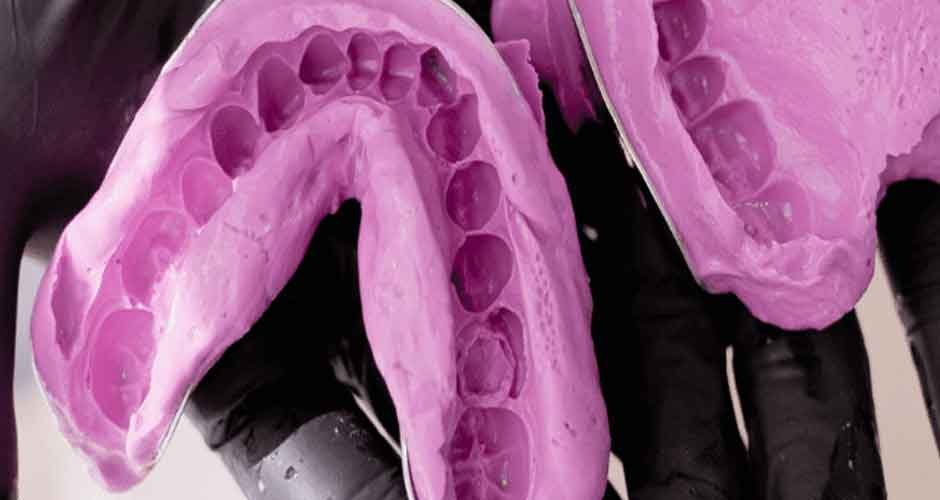Perfect Impressions: Navigating Dental Molding Techniques

When it comes to dental care and oral health, precision is paramount. Whether you’re a dentist, a dental technician, or a patient, the accuracy of dental impressions plays a crucial role in ensuring the success of various dental procedures. From crowns and bridges to orthodontic appliances, a perfect impression is the foundation upon which a beautiful smile is built. In this blog post, we’ll delve into the world of dental molding techniques, with a special mention of dental alginate, a key component in creating precise impressions.
The Importance of Accurate Impressions
Before we dive into the techniques, let’s emphasize the significance of accurate dental impressions. Dental impressions are essentially molds or replicas of a patient’s teeth and oral structures. They serve as the foundation for many dental treatments and procedures, including:
- Crowns and Bridges: When a patient requires a dental crown or bridge, an accurate impression of the prepared tooth or teeth is taken to ensure a perfect fit for the restoration.
- Orthodontic Treatment: In orthodontics, impressions are used to create customized braces or clear aligners that gradually shift teeth into their desired positions.
- Dentures: For patients in need of full or partial dentures, precise impressions are essential to ensure comfort and functionality.
- Implants: Dental impressions are used to design and manufacture dental implant restorations, ensuring they fit seamlessly into the patient’s smile.
The success of these treatments depends on the quality of the impressions taken. Any inaccuracies in the mold can lead to complications, discomfort, and even treatment failure.
The Role of Dental Alginate
Now, let’s introduce the star of the show, dental alginate. Dental alginate is a key material used in the dental impression process. Alginate is a natural polymer derived from brown seaweed, and its unique properties make it an ideal choice for creating preliminary dental impressions.
Dental alginate is widely appreciated for its ease of use, cost-effectiveness, and ability to capture fine details. Here’s how it works:
- Mixing: Dental alginate comes in the form of a powder. It is mixed with water to create a smooth, viscous solution. This solution is poured into a dental tray that is then placed in the patient’s mouth.
- Setting Time: Alginate has a relatively short setting time, which is advantageous for both the patient and the dental professional. It sets quickly, ensuring minimal patient discomfort.
- Impression Taking: Once the alginate has set, it creates a precise negative mold of the patient’s teeth and surrounding tissues. This mold is then used to produce a positive model, which is the basis for various dental procedures.
While dental alginate is excellent for creating preliminary impressions, it may not be suitable for all situations. It is particularly well-suited for diagnostic models, temporary restorations, and orthodontic study models. However, for more complex cases or final impressions for crowns and bridges, other materials such as silicone or polyether may be preferred.
Alternative Impression Materials
In addition to dental alginate, there are several other impression materials commonly used in dentistry:
- Polyvinyl Siloxane (PVS): PVS, often referred to as silicone, is known for its excellent accuracy and dimensional stability. It’s commonly used for final impressions for crowns, bridges, and implants.
- Polyether: Polyether materials are known for their high tear strength and are often used for crown and bridge impressions as well as for partial dentures.
- Hydrocolloids: Hydrocolloid impression materials, like alginate, are available in two forms – reversible and irreversible. Reversible hydrocolloids are used for preliminary impressions, while irreversible hydrocolloids are used for final impressions.
The choice of impression material depends on the specific requirements of the dental procedure and the preferences of the dental professional.
Tips for Successful Impression Taking
Regardless of the impression material used, there are some universal tips for achieving successful dental impressions:
- Maintain a Dry Field: Keeping the patient’s mouth as dry as possible is crucial for accurate impressions. Saliva and moisture can negatively impact the quality of the impression.
- Use Tray Adhesives: Applying tray adhesives helps to ensure that the impression material adheres securely to the tray and prevents voids.
- Proper Tray Selection: Selecting the right tray size and design is essential. The tray should comfortably fit in the patient’s mouth and capture all the necessary structures.
- Work Quickly: Dental alginate and other materials with short setting times require efficient work to ensure a successful impression.
- Follow Manufacturer Instructions: Always follow the manufacturer’s instructions for mixing and handling impression materials.
Conclusion
In the world of dentistry, the accuracy of dental impressions is paramount. Whether using dental alginate for preliminary impressions or more advanced materials for final impressions, dental professionals must master the art of impression taking to ensure successful treatments and patient satisfaction. The choice of impression material, the skill of the practitioner, and adherence to best practices all contribute to the creation of perfect impressions, setting the stage for beautiful, healthy smiles that last a lifetime.



